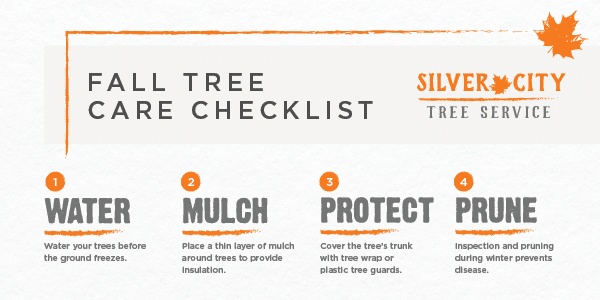Identifying The Correct Time For Tree Elimination - A Guide For Homeowners
Identifying The Correct Time For Tree Elimination - A Guide For Homeowners
Blog Article
Authored By-Siegel Lu
Trees include charm and worth to residential property, yet they can also present a risk throughout severe climate events. If a tree has quit expanding, is showing noticeable fungal growth, or has a leaning trunk, it must be gotten rid of by a specialist to prevent property damages and injury.
To get more information, go to a home owner resource fair co-hosted by HPD, the Center for New York City Neighborhoods, and Brooklyn-based housing partners this evening in Bedford-Stuyvesant. The event will certainly feature the Homeowner Manual, a brand-new overview to aid homeowners browse the duties of having a home.
1. Dead or Dying Branches
Trees are an essential part of your home's landscape, using color and charm. They additionally provide shelter for wild animals and produce oxygen, however also healthy trees can experience illness that might necessitate their removal. Dead or dying trees aren't simply unpleasant, they can be harmful. Their branches could fall throughout a storm, bring about costly building damages and injuries.
When a tree's branches start to pass away, it means that its structure is beginning to break down. If the majority of its branches are dead, it is likely time to remove it.
Search for a lack of brand-new growth, bark peeling, open wounds or tooth cavities, fungi expanding on the trunk or roots and a basic appearance of degeneration in the whole cover. These signs of infection can suggest a serious problem that will call for specialist tree services to deal with.
2. Leaning Trunk
While it's normal for trees to lean every so often as a result of phototropism, if a tree has a hazardous or serious lean that's not as a result of natural processes - it could be a sign that the tree requires to be removed. If the tree is leaning toward a high-voltage line, home, automobile, play framework or any other area that could be hazardous to people if it falls, then contacting an expert tree service for removal ought to be a leading priority.
It's also vital to expect any type of sudden changes in a tree's leaning as it can show damage to the origins or trunk that may lead to dropping. This is particularly true throughout stormy weather, considering that high winds and rain-soaked dirt can cause a lean to alter rapidly. Normal tracking, particularly during and after tornados can aid home owners recognize possible problems with their trees so they can call an arborist for a comprehensive evaluation.
3. Insect Problem
Some pest infestations, such as wood-boring insects like emerald ash borer or sap-suckers like scale bugs, are so serious that they can cause a tree to pass away. https://princewilliamliving.com/earn-an-accredited-high-school-diploma-at-prince-william-public-libraries-2/ to stop pest infestation is to check your trees on a regular basis. Search for spots, holes, or stainings in the fallen leaves and bark. Check out the trunk for splits and signs of insect damage, such as passages or tracks.
If a tree ends up being as well ravaged with pests, or is close to a home or power lines, an arborist may suggest removal. If a leaning tree establishes a brand-new, unsteady lean, an arborist will likely suggest removal also to make certain the safety of individuals and home. If a damaged or dead tree continually drops extreme branches, it is a sign that it is time to get rid of the tree. If a tree remains to shed branches for an extended time period, it might cause architectural problems and prospective property damages.
4. Harmed Trunk
Trees are an attractive and vital part of our landscape, however they do need normal like maintain them healthy and balanced and safe. If a tree is harmed beyond repair it is most likely time for it to come down.
Try to find signs of damages to the trunk, including vertical splits, seams, dead branch stubs, noticeable wounds or open tooth cavities and extreme tree-rot. The existence of fungis at the base of the trunk is another advising indicator. Fungis might indicate that the phloem and xylem (life-support cells) are compromised, permitting the spread of disease or a future failing.
Additionally, take into consideration whether the tree has quit expanding. visit the next web site will have new development annually, which might show up as buds or branches sprouting and prolonging. If you do not see any type of brand-new growth, it's a good idea to have an arborist examine the tree and follow their referral for removal. A passing away or damaged tree can drop and trigger residential or commercial property damage.